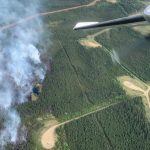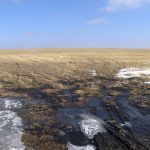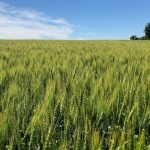The weather models are doing a good job handling all the heat and humidity that has been driving thunderstorms and breaking temperature records across the eastern half of the Prairies over the last week. To the west it has been a little cooler and drier, with not as much instability to deal with, but nonetheless,













